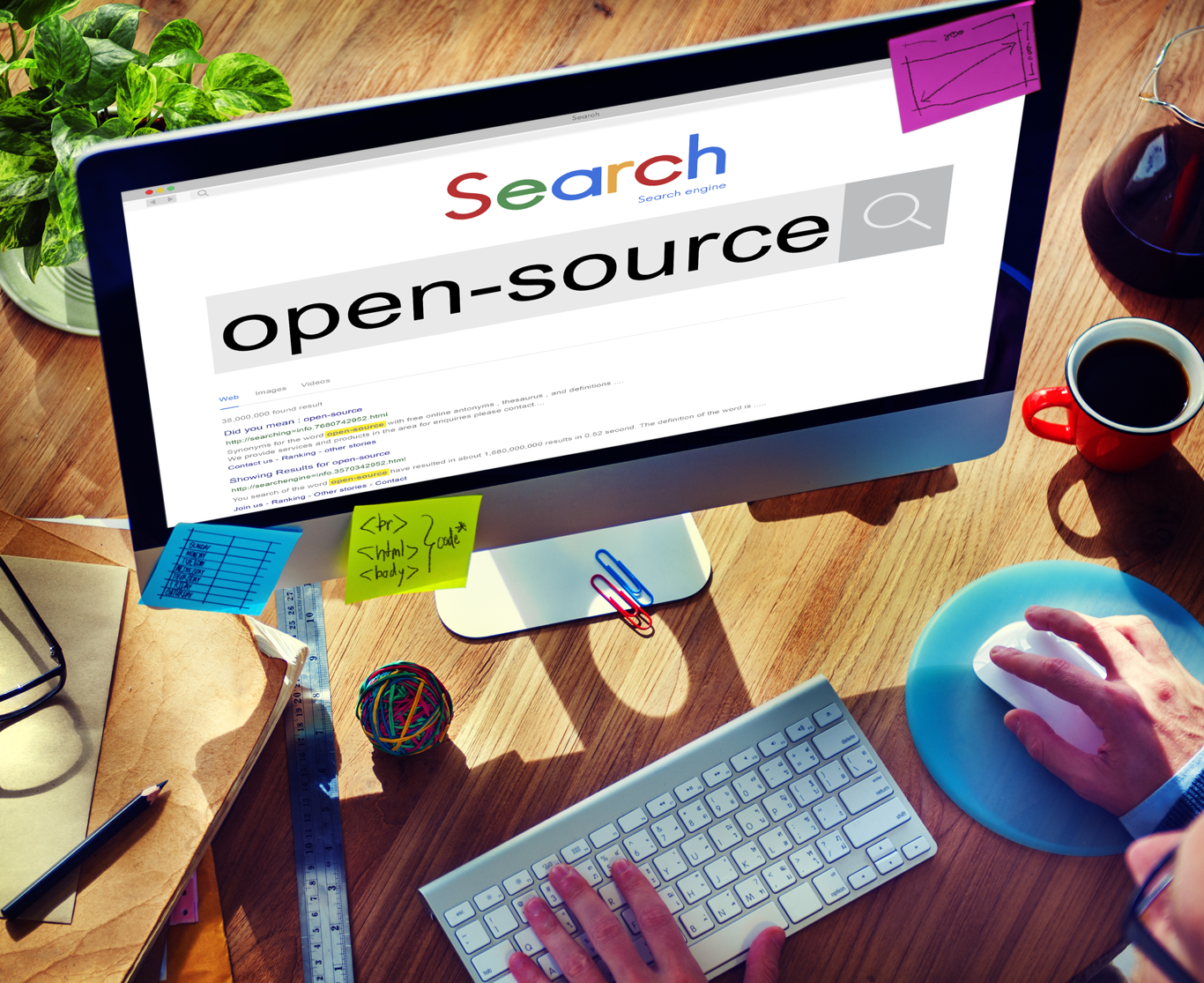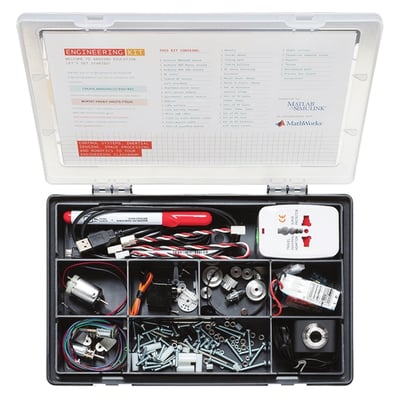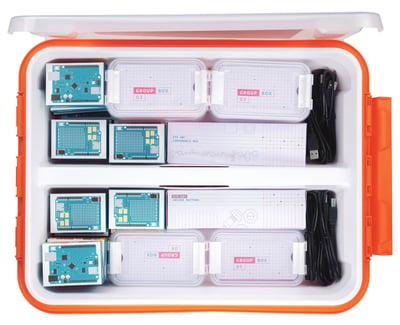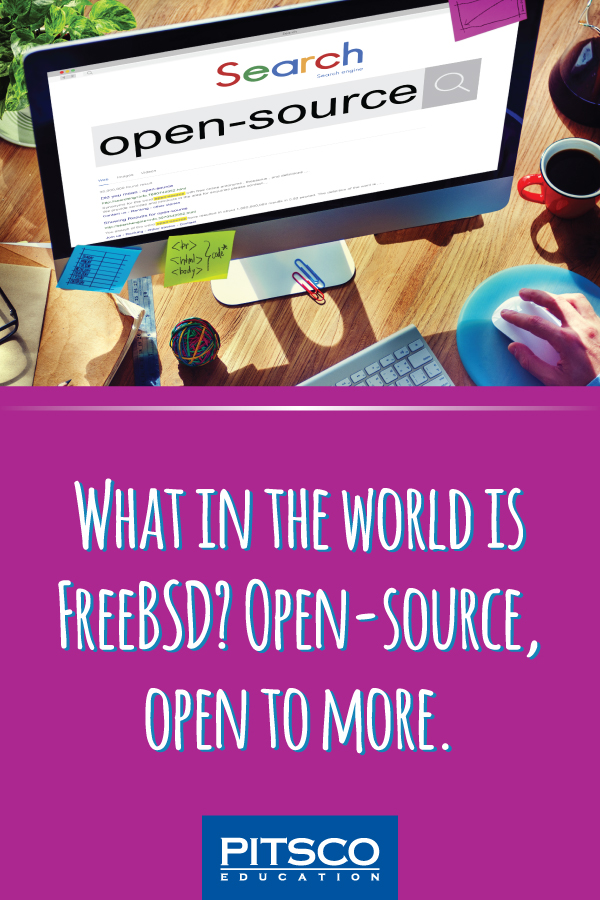This week we celebrate FreeBSD Day on June 19. This national day, unfortunately, doesn’t celebrate Biscuits, Sausage, and Donuts. While that sounds delicious, this day is a little lesser known but definitely appealing.
FreeBSD Day stems from the University of California-Berkeley in 1993. FreeBSD is an open-source operating system that is considered a pioneer in open-source technology and is seen through many different platforms that we recognize today. Better yet, it’s used by billions of people across the globe, and companies use FreeBSD in their products. (www.freebsdfoundation.org)

With all that being said, there is a good chance you use FreeBSD and you don’t even know it. Have you ever binge-watched a TV show on Netflix? It’s OK to say yes; I admit that I’ve done it myself. 😊 If so, you’ve used FreeBSD technology!
With so much technology, software options, devices, and so on at our fingertips, it’s easy to just consume and use and not understand. This provides us topics and experiences we can explore in our classrooms. Let’s examine an example of STEM in the real world a bit more.
Open-Source
We described FreeBSD as open-source, but some of you might be wondering what open-source coding even means. According to Dictionary.com, open-source is “software whose source code is available free of charge to the public to use, copy, modify, sublicense, or distribute.”
To put it simply, an open-source coding platform or system is free for everyone to use and available for all.
Advantages of Open-Source Software and Technology
Well, you can’t get more affordable than free! So, it’s a resource that fits in the budget. Most open-source coding platforms are used on Microsoft or Apple devices or even Chromebooks. This leads to plenty of flexibility in the classroom.

A great example of an open-source coding platform that’s used by many is Arduino. Named for an eating establishment where the founders used to meet, Arduino is an open-source platform that ties together electronics, easy-to-use hardware, and software. Typically, you can use an Arduino board to connect sensors, lights, and many other components to create different types of outputs while implementing coding. Because Arduino also has its own programming language, it’s a perfect fit for hands-on projects in schools. Arduino’s language is text based in nature and allows for many real-world applications and projects.
Another huge advantage of using an open-source platform such as Arduino is the established community. There is a vast number of people already using this open-source code who share how they’ve manipulated it to work for different purposes. You’ve probably heard of the “been there, done that” approach. Well, this shared code can be implemented in your classroom.
Bring Open-Source to Your Classroom
OK. Sounds great, but is it easy to implement? You might have no idea what you need, where to get what you need, or how to put it in motion, but – good news – we do!
Pitsco partnered with Arduino Education to provide unique hands-on kits for a wide range of grade levels. Coding and electronics are mixed with hands-on learning to prepare learners for a future with a work environment that hasn’t been fully developed. Check out these options:
- The Arduino Engineering Kit is recommended for Grades 9-12 (and postsecondary students) and is geared toward students learning engineering, teachers teaching engineering, and makers interested in engineering. The kit includes projects teaching fundamental engineering concepts while incorporating valuable mechatronics concepts.

- The Arduino Education Science Kit Physics Lab is recommended for Grades 6-12 and provides valuable learning experiences in topics such as forces, motion, and conductivity. Some of the activities included are a thermo magic show, a pirate ship, and a fortune teller. I’ll go on the record now and predict your students will absolutely love this kit!

- The Arduino Education CTC Go! kit is recommended for Grades 6-12 and is considered a modular-based STEAM program that includes 20 different hands-on activities that introduce students to the basics of programming, coding, and electronics.

All these kits use the open-source coding platform Arduino.
While today is a day to commemorate the open-source operating system FreeBSD, it’s also a day to remember to celebrate coding and other open-source platforms used in our day-to-day lives and in our schools.
We’d love to see your comments and your feedback on FreeBSD Day and how you implement open-source coding in your classroom. Please drop a line in the comments! If you have questions about any of our Arduino kits, don’t hesitate to contact us!
And if you’re curious about the role coding and robotics can play in your classroom, we’ve got tons to share with you.
Sources:
June 19 is FreeBSD Day!
What is Arduino?
Pitsco Education Launches K-12 Coding Solutions
Arduino

TOPICS: IN THE CLASSROOM, ROBOTICS, Technology, STEM, Coding, 21st Century Skills, Hands-on Learning, Workforce Development




